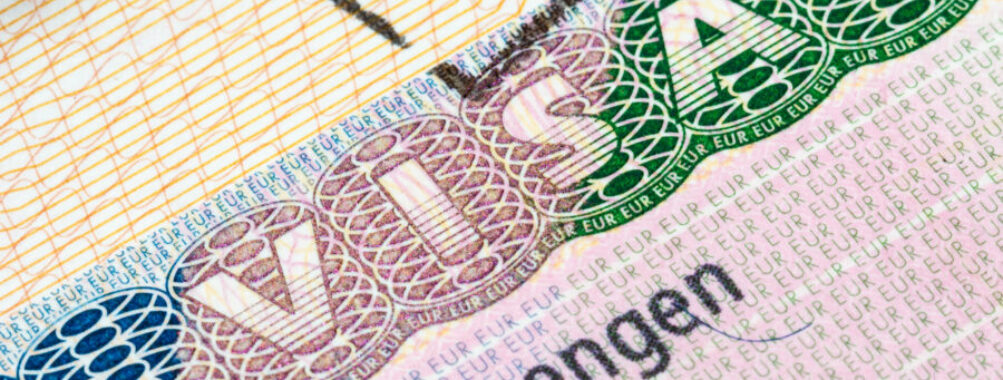
EES for Schengen 90/180 Rule: Avoid Overstays & Travel Smarter
If you’ve spent any time bouncing around Europe on short trips, you’ve almost certainly heard of the Schengen 90/180 rule. It sounds straightforward—90 days in any rolling 180-day window—but honestly, keeping tabs on it can get confusing fast.
The new Entry/Exit System (EES) will log your arrivals and departures down to the minute, so slipping through with a missing stamp isn’t an option anymore.
I’ve watched plenty of travelers get blindsided by this, thinking a missing stamp or two meant they were safe. Not these days. With EES, your biometric details and travel history live in a shared database every Schengen border guard can pull up in seconds.
You’ll need to be on top of your plans if you want to dodge fines or bans.
But hey, it’s not all doom and gloom. If you play your cards right, you can still string together long European adventures by mixing Schengen and non-Schengen stops. The key is knowing the rules, understanding EES, and using it to your advantage.
Key Takeaways
- The 90/180 rule limits short-term stays in Schengen countries
- EES tracks entries and exits automatically using biometrics
- Smart planning lets you maximize time in Europe without overstaying
Table of Contents
- Understanding the Schengen 90/180 Rule
- Definition and Scope
- Who the Rule Applies To
- Rolling 180-Day Period Explained
- How the EES System Transforms Schengen Border Management
- What Is the Entry/Exit System (EES)?
- EES vs. Passport Stamping
- EES Enforcement of the 90/180 Rule
- Biometric Data and Security in the EES
- Types of Biometric Data Collected
- Purpose of Biometric Verification
- Preventing Identity Fraud
- ETIAS and Travel Authorization Requirements
- What Is ETIAS?
- Who Needs ETIAS Authorization?
- How to Apply for ETIAS Online
- Consequences of Overstays and Entry Bans
- How EES Flags Overstayers
- Penalties for Overstaying
- Entry Bans and Future Travel Restrictions
- Tips for Staying Compliant and Maximizing Your Time in the Schengen Zone
- Tracking Your Schengen Days
- Managing Multiple Entries
- Planning for Long-Term Stays
- Frequently Asked Questions
- How does the Schengen 90/180 rule impact the length of my stay for multiple entries within the area?
- What are the consequences of overstaying the 90-day limit in the Schengen Zone?
- Can I extend my Schengen visa beyond 90 days due to exceptional circumstances?
- Are there any specific calculation methods for the 90/180 rule that travelers should be aware of?
- How does the 90/180 rule apply to different types of Schengen visas and permits?
- What are some lesser-known tips for effectively managing my travel itinerary to comply with the 90/180 rule?
- Book Your Dream Experience
- More Travel Guides
Understanding the Schengen 90/180 Rule

If you’re thinking about hopping around Schengen countries without a visa, you need to know exactly how long you’re allowed to stay. The 90/180-day rule sounds simple, but it trips up even seasoned travelers. Overstaying can mean fines, bans, or awkward chats at the border.
Definition and Scope
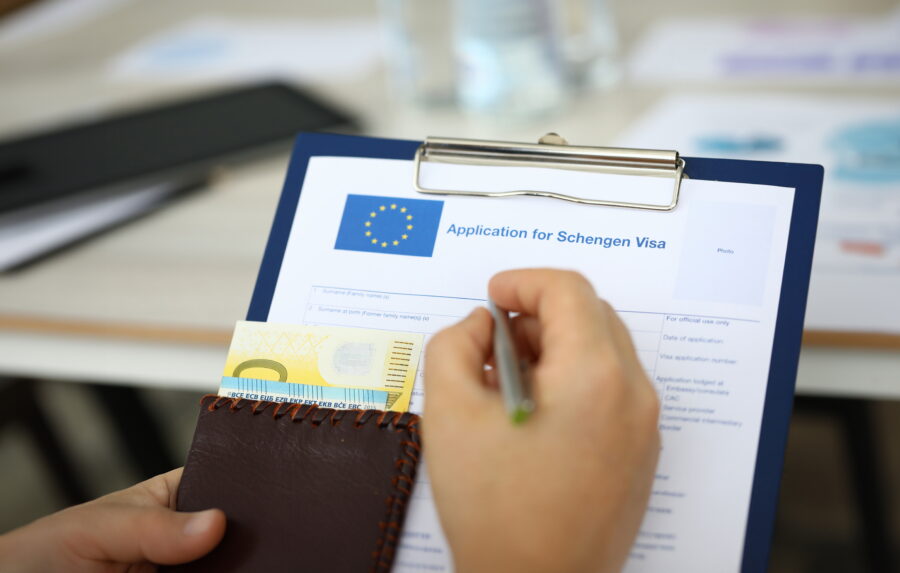
The 90/180-day rule lets you spend up to 90 days in the Schengen Area within any 180 days if you’re from a visa-free country.
It doesn’t matter if you visit one Schengen country or ten—your days add up together, not separately for each country.
Schengen currently covers 29 countries, from Spain and France to Poland and Greece. You won’t find border checks between them, so immigration only happens when you first enter or finally leave the zone.
I’ve met folks who thought they could do 90 days in France, then hop to Italy for another 90. Nope—the clock doesn’t reset when you cross an internal border. It’s your total time inside the whole Schengen zone that counts.
Who the Rule Applies To

This rule hits third-country nationals—basically, anyone who isn’t an EU or EEA citizen. That covers Americans, Brits, Aussies, Canadians, and plenty of others.
If you’re a non-EU citizen with visa-free access, you still have to stick to the 90-day cap. Got a Schengen visa? Same deal, unless your visa says otherwise.
There are exceptions. For instance, if you hold a residence permit for a Schengen country, you can stay there longer, but time in other Schengen countries still counts toward your limit.
I’ve seen people tripped up by this, thinking a long-term visa for Spain meant they could spend endless time in France. Not how it works—your permit only covers extended stays in that country.
Rolling 180-Day Period Explained

The “180-day” part is where most people stumble. It’s not tied to calendar dates—it’s a rolling window. Each day you’re in Schengen, you look back at the previous 180 days and count how many you spent there.
If you’ve been there 90 days or less, you’re good. Hit 91, and you’re officially overstaying.
Example: You spend 60 days in Italy from January to March, leave for 30 days, then come back for 40 days in May and June. On your last day in June, look back—100 days in Schengen over the last 180. That’s an overstay.
I always recommend keeping a travel log or using an official Schengen calculator. Trusting your memory is risky, especially if you’re bouncing between Europe and places like the UK or Croatia.
How the EES System Transforms Schengen Border Management

Traveling to Schengen is about to feel different for non-EU visitors. The new Entry/Exit System (EES) changes how your movements get logged, ditching passport stamps for digital records that are way more precise.
It tracks your legal stay under the 90/180-day rule—no more guesswork.
What Is the Entry/Exit System (EES)?

The EES is an EU-wide electronic system that logs when you enter and leave Schengen through an external border. Instead of a border guard’s stamp, the system saves your entry and exit dates in a shared database.
It covers non-EU nationals coming for short stays—up to 90 days in any rolling 180-day period. That means tourists, business travelers, and those visiting family.
At the border, your details—passport info, biometric data (like fingerprints and a facial scan), and travel dates—are logged automatically.
This makes border checks faster and cuts down on mistakes.
You won’t need to explain your travel history as much, since the system already has it.
EES vs. Passport Stamping

If you’ve been to Europe before, you know the drill—border guard, flip through passport, stamp, move on. But stamps fade, smudge, or get missed. That’s when people get stuck proving how long they’ve stayed.
EES skips manual stamping for short-stay visitors. Your entry and exit are logged automatically, and officials can see your travel record instantly.
That means fewer arguments at the border. Officers can spot overstays at a glance; no need to flip through every page.
It’s also way more consistent—no matter which Schengen country you use to enter or leave, the system updates in real time.
EES Enforcement of the 90/180 Rule

The 90/180-day rule is hard to track if you’re making multiple trips. EES calculates it automatically, based on your real travel dates—not on faded stamps you might misread.
It works on a rolling 180-day window. Each new day, the system checks your last 179 days to see how many you’ve used.
Here’s how that looks:
| Date Range | Days in Schengen | Days Remaining in 180-day Window |
|---|---|---|
| Jan 1–Feb 15 | 46 | 44 |
| April 1–April 20 | 20 | 24 |
If you overstay, the system flags it right away. You could face fines, bans, or headaches on your next trip.
If you love hopping in and out of Europe, EES makes it tough to bend the rules—but honestly, it also makes it easier to play by them.
See Related: Enhancing Family Vacations with Music: Travel Tips
Biometric Data and Security in the EES
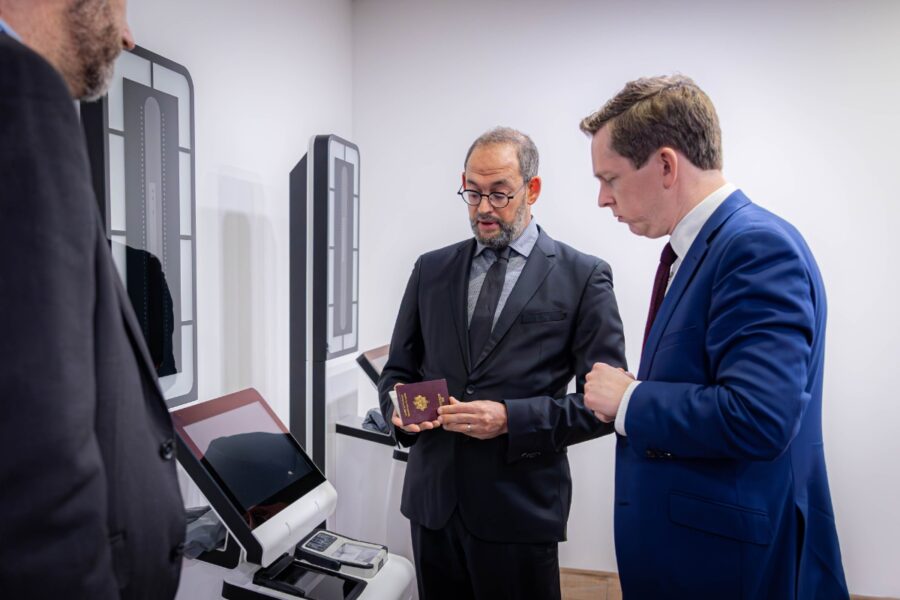
When you cross into Schengen under the new Entry/Exit System, a simple passport stamp won’t cut it. Instead, you’ll confirm your identity with biometrics, and your travel record will live in a secure database used by border and security authorities.
Types of Biometric Data Collected

EES grabs two main kinds of biometric data: fingerprints and a facial image. They’ll scan your fingers—usually four at once—and snap a photo of your face at the checkpoint.
These get stored with your travel details: name, passport number, date of birth, and time stamps for entry and exit. That creates a unique profile that ties you to your travel history.
I’ve been through similar systems in Asia, and honestly, it’s quick once you’re at the scanner. If your fingers are dry or your face is hidden (think sunglasses, hats), it can slow things down. So, maybe take off the shades and give your hands a quick rub before you step up.
Purpose of Biometric Verification

Why collect biometrics? Accuracy, mostly. Passport stamps can be missed or faked, but your fingerprints and face are yours alone.
Biometric checks prove the person entering is the same as the one on the passport. They also help border officers enforce the 90/180-day rule by calculating your allowed stay automatically.
From my own travels, this is a big win. I’ve watched people argue over unclear stamps—this takes away the guesswork. It’s not here to make your life harder; it’s about making the rules more transparent.
Preventing Identity Fraud

One of EES’s biggest perks is stopping identity fraud. That includes catching folks with stolen or fake passports, or even someone else’s ID.
Biometrics are unique, so swapping documents won’t work. If your face or fingerprints don’t match the record, the system flags you instantly.
I once saw a guy at a Southeast Asian border try to use his cousin’s passport—he got caught because his fingerprints didn’t match. EES brings that same certainty to Schengen, making it way harder for fraud to sneak through.
ETIAS and Travel Authorization Requirements

If you’re heading to Europe from a visa-exempt country, you’ll soon need more than your passport. The European Travel Information and Authorization System (ETIAS) will be a new step, and it’s worth knowing how it works so you don’t get tripped up at the border.
What Is ETIAS?
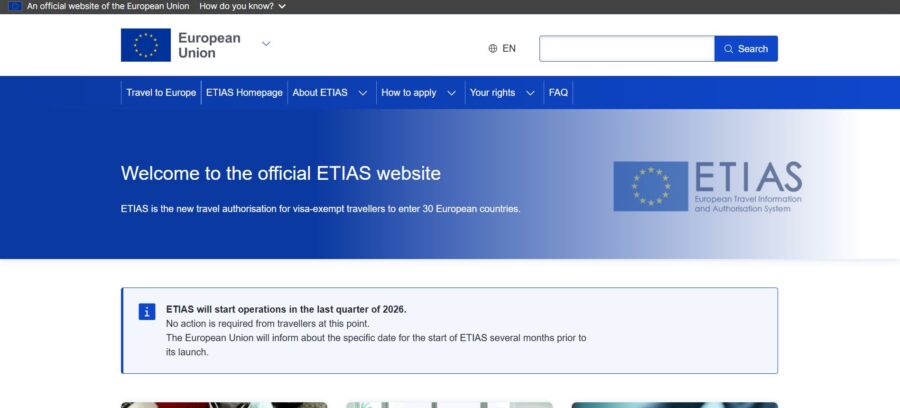
ETIAS—European Travel Information and Authorization System—isn’t a visa. It’s more like a quick online security check before you travel.
It covers short stays in Schengen, up to 90 days in any 180-day window. Your info is checked against EU security and health databases like Europol and Interpol.
The idea isn’t to make travel harder, but to weed out risks before people even board a plane or train. In theory, it should make border checks faster since you’re cleared in advance.
Once approved, ETIAS links electronically to your passport and usually lasts three years or until your passport expires—whichever comes first.
Who Needs ETIAS Authorization?

If you currently visit most of Europe visa-free, you’ll probably need ETIAS when it launches. That includes folks from the US, UK, Canada, Australia, Japan, and a bunch of other countries.
It covers all 29 Schengen countries plus a few others like Cyprus. Ireland’s not included, so you can skip ETIAS if you’re headed there.
You’ll need it for tourism, business, short-term study, medical visits, or transit. It’s not for full-time work or long stays.
Even if you’re under 18 or over 70—so you don’t pay the €7 fee—you still have to apply. If your passport changes, you’ll need a new ETIAS before your next trip.
How to Apply for ETIAS Online
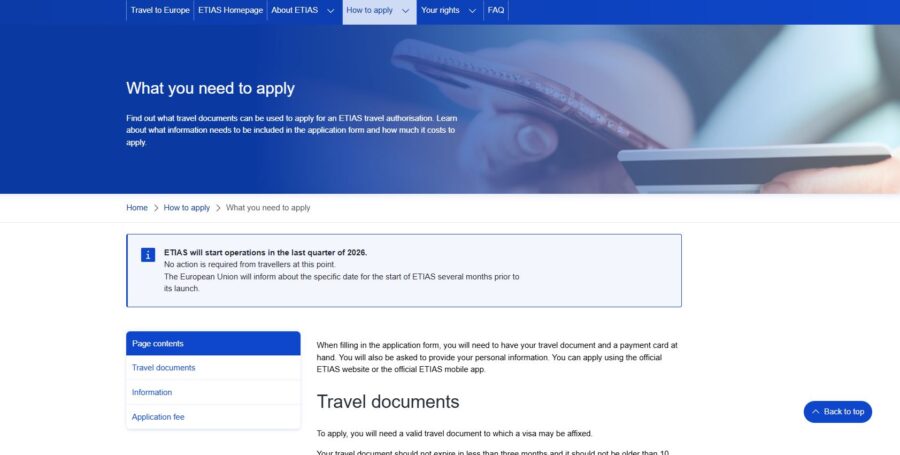
The whole process is online and usually takes under 10 minutes. You’ll need:
- A valid passport (good for at least 3 months after your planned departure)
- An email you actually check
- A credit or debit card for payment (unless exempt)
You fill in your personal details, passport info, first destination in Schengen, and answer a few yes/no questions about health, travel, and any criminal record.
Most people get approved in minutes, but it can take up to four days if they need extra checks. My advice? Apply at least a week ahead—just to be safe.
Once you’re approved, there’s nothing to print. ETIAS links to your passport, so border guards see your authorization automatically.
See Related: How to Find Inaugural Flight Deals: Insider Tips & Hot Offers
Consequences of Overstays and Entry Bans

If you stay in the Schengen Area longer than allowed, the new Entry/Exit System (EES) will make it much harder to slip through unnoticed. Overstaying can trigger fines, deportation, and even multi-year entry bans that affect future trips to Europe and possibly beyond.
How EES Flags Overstayers

The EES logs your exact entry and exit dates for every Schengen country you visit. Gone are the days of squinting at faded passport stamps and hoping a border guard lets it slide—the system captures everything in seconds.
If you overstay your 90-day limit (or the end date of a long-stay visa), the system flags you immediately. All 26 Schengen countries get this info, so you can’t just sneak in through another border.
Even if you’re a visa-exempt traveler—from the US, UK, Canada, wherever—the EES still tracks you. It counts every day and alerts the authorities if you slip up.
Once you’re flagged, your overstay record sticks to your passport, making future entries a serious hassle until you sort things out.
Penalties for Overstaying

Penalties aren’t fun, and they differ depending on where you are. Here’s what you might face:
| Type of Penalty | Possible Outcome |
|---|---|
| Fines | Can range from €100 to over €1,000 depending on length of overstay |
| Detention | Short-term holding until departure is arranged |
| Deportation | Immediate removal from the Schengen Area |
Some countries really don’t mess around. Overstay in Germany or the Netherlands? You’ll probably get a formal deportation order. Others might just fine you and give a warning, but it’s still a black mark.
Even a quick overstay—just a couple of days—can haunt your record. That can mess up future visa applications, even if you’re applying for something long-term like work or study.
Entry Bans and Future Travel Restrictions

If you overstay by more than 90 days, you could get slapped with a multi-year entry ban—sometimes one year, sometimes five. And it’s not just the country you overstayed in; the ban usually hits the whole Schengen Area.
Immigration officers at any Schengen border will spot the ban on your record. Even with a valid ticket and travel insurance, you’ll get turned away.
Sometimes, an overstay can spill over into travel outside Europe. Countries like the US, Australia, or Japan might question your immigration history, and a Schengen overstay can raise red flags.
Once you’re banned, getting it lifted early is tough. You’d have to prove something truly exceptional—like a medical emergency—with solid paperwork, and even then, there’s no guarantee.
Tips for Staying Compliant and Maximizing Your Time in the Schengen Zone

If you want to make the most of your Schengen time, you need to know exactly how your days are counted. Plan your entries and exits carefully, and always have a backup plan for longer stays. I can’t tell you how many travelers forget that a weekend trip counts toward their total—those slip-ups can cost you travel freedom down the line.
Tracking Your Schengen Days

If you’re traveling to Europe without a long-stay visa, you’ve got to keep a running tally of every single day spent in the Schengen Area. That includes partial days—yes, the day you arrive and the day you leave both count.
I usually log each trip in a calendar app. Color-coding Schengen days and non-Schengen days makes it way easier to track your rolling 180-day window.
For a more precise check, use an online short-stay calculator. It’s a lifesaver when your brain’s fried from travel. And always keep proof of your entries and exits—boarding passes, hotel confirmations, even train tickets. Border officers sometimes ask for them, and you’ll be glad you saved a few.
If you’re booking flights or accommodation, double-check your remaining days before you click “book.” Trust me, a cheap deal isn’t worth an overstay fine.
Managing Multiple Entries
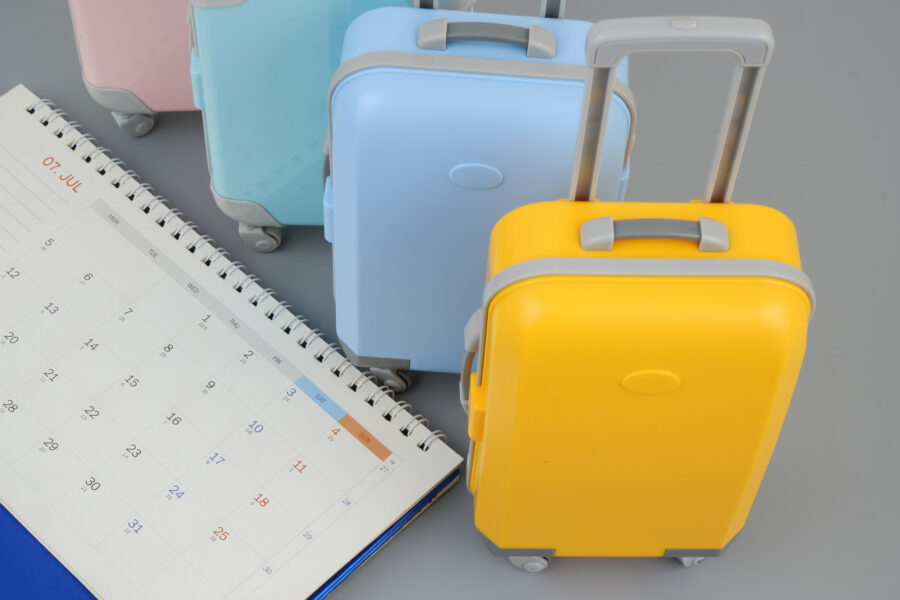
Multiple short trips can be sneakier to manage than one long stay. The 180-day clock is always moving—days from earlier trips “drop off” over time, freeing up new days for future visits.
Let’s say you visit in January for 20 days, then again in April for 30 days. By June, some January days will have expired from your count, letting you squeeze in another visit without breaking the rule.
I like using a simple spreadsheet with three columns: Entry Date, Exit Date, and Days Used. It helps you spot overlaps and gaps right away.
If you’re mixing in non-Schengen destinations like Serbia or Ireland, you can plan “reset” periods between visits. It’s a great excuse to explore somewhere new while keeping your Schengen days in check. You can even slot in short day tours during those breaks.
Planning for Long-Term Stays

If 90 days isn’t enough (and honestly, for a lot of us, it isn’t), you’ll need a longer-term plan. One simple approach: alternate between Schengen and non-Schengen countries. Spend three months in Spain, then hop to Cyprus or Montenegro for a couple of months before returning.
Some travelers use bilateral agreements to extend their stay in a single country beyond the Schengen limit. These are country-specific, so you’ll need to check if your passport qualifies.
Another option is applying for a long-stay visa or residency permit. This works well if you want to base yourself in one place for work, study, or retirement. Digital nomad visas are becoming more popular, too, especially in countries like Portugal and Croatia.
If you’re planning a long trip with multiple regions, consider booking some activities in advance to anchor your itinerary. This helps structure your time so you don’t accidentally overstay while chasing last-minute plans.
See Related: TSA PreCheck Touchless ID and Mobile IDs: The Future of Fast, Secure Travel
Frequently Asked Questions
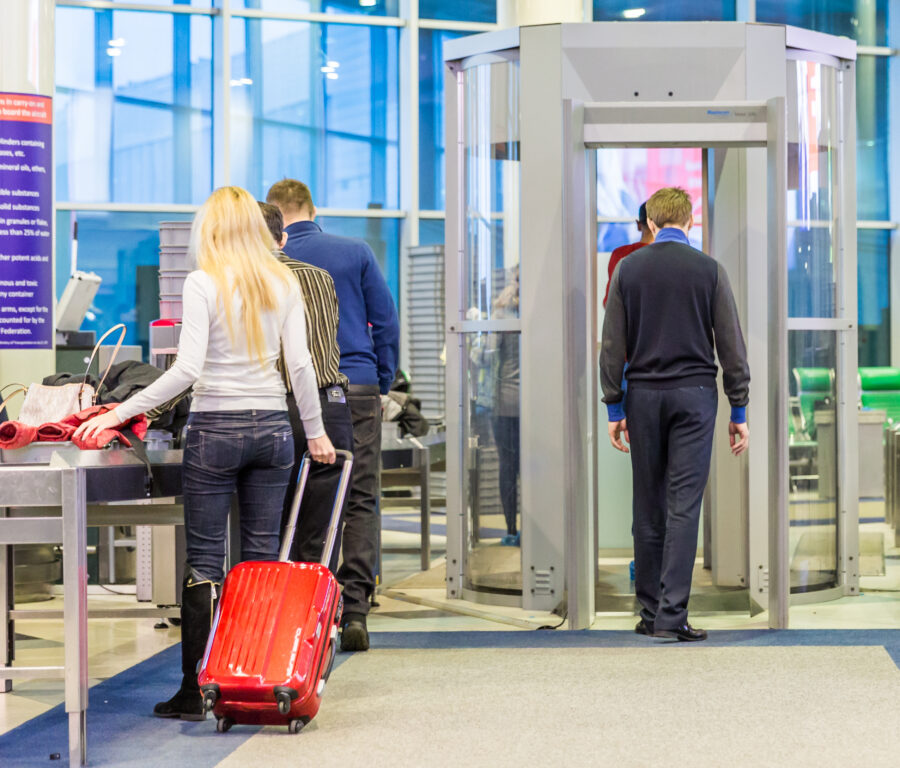
The Schengen 90/180 rule looks simple on paper, but in real life—especially if you’re hopping in and out of the zone—it gets confusing fast. Now that the Entry/Exit System (EES) tracks every move, there’s even less wiggle room if you want to avoid fines or bans.
How does the Schengen 90/180 rule impact the length of my stay for multiple entries within the area?
Think of it as a rolling window, not a fixed calendar. Every day you’re inside Schengen counts toward your 90 days, and the system checks the past 180 days to see how many you’ve used. If you leave and come back, those earlier days still count until they “fall off” the 180-day window.
What are the consequences of overstaying the 90-day limit in the Schengen Zone?
Overstaying isn’t just a slap on the wrist. You could face fines, deportation, or a ban from entering the zone for months—or even years. Border officers now have EES data, so “losing” a passport stamp isn’t a loophole anymore.
Can I extend my Schengen visa beyond 90 days due to exceptional circumstances?
In rare cases, yes. Serious illness, emergencies, or force majeure (think natural disasters) can sometimes get you an extension. You’ll need to apply at the local immigration office before your 90 days are up, and approval isn’t guaranteed.
Are there any specific calculation methods for the 90/180 rule that travelers should be aware of?
The easiest way is to count backward from your planned exit date. Look at the 180 days before that and add up every day you were inside the zone. Online calculators help, but double-check manually—especially if you’ve had short back-and-forth trips.
How does the 90/180 rule apply to different types of Schengen visas and permits?
A standard short-stay visa or visa-free entry follows the 90/180 rule. Long-term visas or residence permits have their conditions, so the rule doesn’t apply in the same way. If you mix travel types—say, a residence permit in one country and visits to others—check the rules for each situation.
What are some lesser-known tips for effectively managing my travel itinerary to comply with the 90/180 rule?
Give yourself a little breathing room—don’t risk planning your exit for the very last minute. The EES records your entry and exit times right down to the hour, so there’s no wiggle room.
Consider taking “reset” trips. Head to non-Schengen countries like the UK or the Balkans for a while, and you’ll buy yourself extra time to wander Europe without running into trouble.
If you want, I can whip up a super practical example itinerary that shows how to hang around Europe for 6+ months without breaking the 90/180 rule. Just let me know if that’d be helpful!
